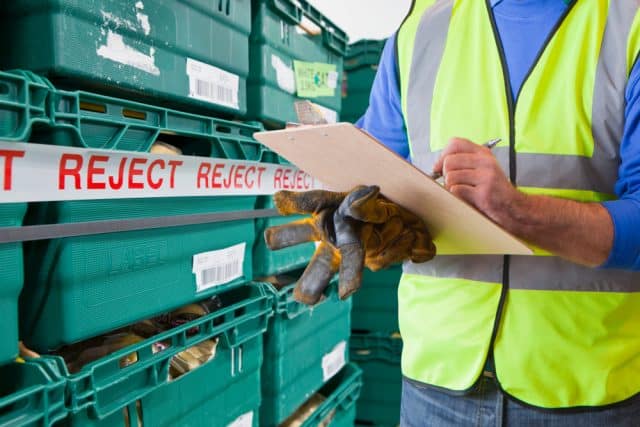Technological advancements in waste management

As we know technology is rapidly evolving and has been for the last few years however, for the waste management sector there has a slow up take on technology, and it uses within the industry. Going off leading figures, it is all set to change as various technologies, apps and methods are being introduced to the waste management world.
From science to smartphones, food waste to recycling, join us as we take a look through the latest technologies that are supporting the waste management’s progress.
Automated Waste Collection
First we start with a potential solution to waste management, pollution, and traffic issues, it was reported by Greener Ideal that the use of Automated waste collection is growing. Essentially, the process would see an underground network of tubes linking homes and designated outlets to a waste collection center. People would have a bin for general waste, organic waste, and paper waste, and would sort their rubbish and recycling as is standard today. When the bins reach a certain limit, the bottom would open to "flush" the waste out through vacuum tubes. No more putting the bins out.
This system is already being used within parts of Europe and Disney World. There are plans to make it more mainstream, but this has been held up at points by concerns over larger items of waste not being able to go into the automated waste collection outlets.
Anaerobic Digestion
Two major issues are battling the world: fuel and waste.Landfills cannot sustain us forever, and the worry about greenhouse gasses has pushed the need for solutions to both problems. With anaerobic digestion, we may have found one answer for both questions.
In fact, Waste management World, speaks about the process being potentially the best technology developed by the waste management sector in recent years. The process sees waste matter being broken down by microorganisms in an oxygen-less environment. The remains left over can be used as fertilizer, and the gas it produces is used for energy. The process is an improvement upon previous methods used to create compost from organic waste.
Organic waste, can be dealt with by anaerobic digestion while at the same time, it can provide gas-based energy. Plus, as humans will always create organic waste, the energy anaerobic digestion creates is classed as renewable energy
The downside of the technology, is that it’s expensive because in order for anaerobic digestion to work on a commercial scale, a huge investment in large tanks and process vessels is required.
Enzyme-Based Solutions
A similar process to anaerobic digestion according The Guardian -- enzymes are used to convert cooking oil into biodiesel. Novozymes has launched Eversa, an enzymatic solution available for commercial use. The process can turn lower grade oils into biodiesel, which in turn, lowers the cost of raw materials for biodiesel producers.
As well as converting used cooking oil as a raw material, Eversa rids the requirement of sodium methoxide, which is one of the most hazardous chemicals used in biodiesel plants. Removing such hazardous substances is a benefit to both human and environmental safety.
Apps
The waste management companies, have embraced the world of apps, with many developing and releasing them to help businesses and residents manage their waste in a more efficiently, environmentally friendly manner.
SiteBuddy: Reconomy, the UK’s leading provider of sustainable waste management and recycling services released this app that allows businesses to hire, exchange, off-hire, or reorder a range of skips, from hazardous waste skip to wait and load skips.
Users are also able to respond to any on-site issues or note developments quickly and efficiently -- without any delay from phone calls or waiting to book an order. It works alongside Reconomy’s online portal too, which will store a full audit trail.
The app is available for download on Google Play and the Apple App Store.
Too Good To Go: This app has been developed to enable people to buy food that restaurants are going to throw away at the end of the working day for cheap. The app is currently active in eight European countries and plans to expand further.
Connecting with over 5,000 stores, 3 million users, and claims to have save 2.5 million meals’ of excess food, you can find this app available on Google Play and the Apple App Store.
Photo Credit: Juice Flair/ Shutterstock

Thomas Bradley is a copywriter working with Electrix. He has over seven years’ communications and copywriting experience, having worked in the financial services sector, industry and Digital Marketing.
